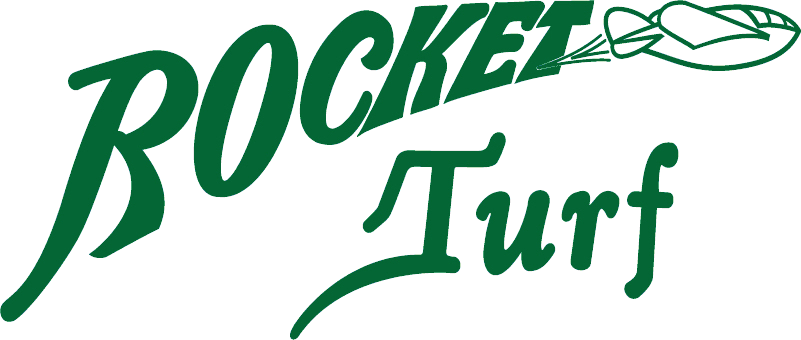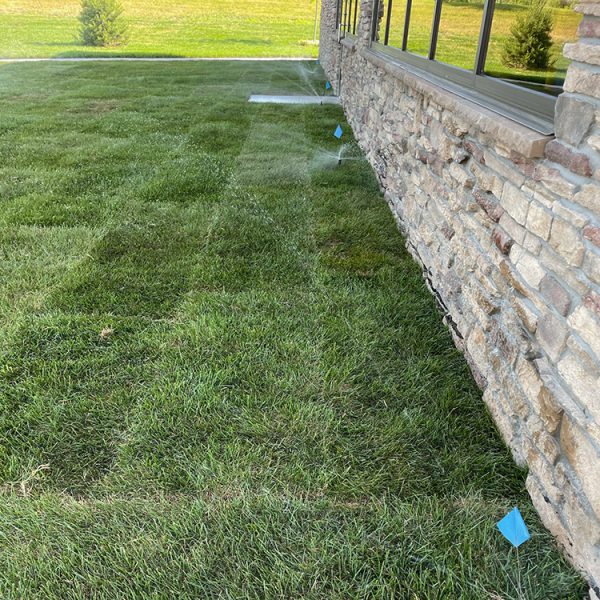University of Minnesota Extension Service suggests….
Knowing the seasonal plant growth cycle before you start working on your lawn.
In early spring, roots are long and full of nutrients stored from the fall. Shoots, the part of grass visible above ground, use this stored energy for growth.
In warm summer temperatures, leaf and root growth slow down. Plants rest during times of heat and drought. Roots can be damaged when soil temperatures are above 85°F.
In the fall months shoots start to grow again and nutrients are stored in the long roots for the winter. Optimal shoot growth occurs with air temperatures of 55 to 75°F.
Cool-season root growth is stimulated by soil temperatures above 32°F, and is optimal with soil temperatures between 50 and 65°F.
When to schedule lawn maintenance
It is important to schedule your lawn care maintenance during times that match the life cycle of Kentucky Bluegrass.
- Do not add fertilizer too early in the spring. This may encourage the grass to grow during a time when it should be slow or dormant.
- Do not spray to control weeds when temperatures are warm. This increases the likelihood of damaging the lawn.
- Do not fertilize in hot mid-summer months. This can cause irreversible damage to your lawn.
- Crabgrass doesn’t develop until late spring or early summer, so don’t apply herbicide used to prevent pre-emerging crabgrass in the fall.

